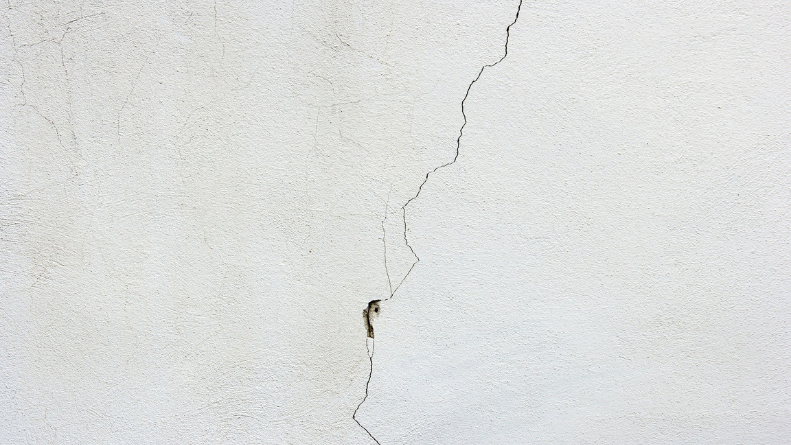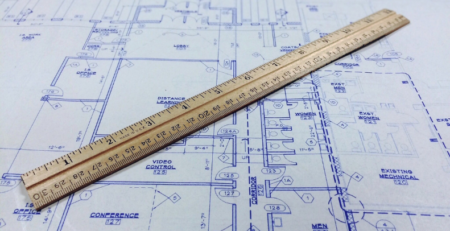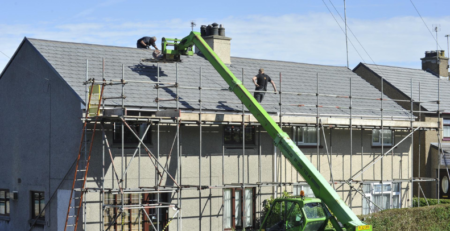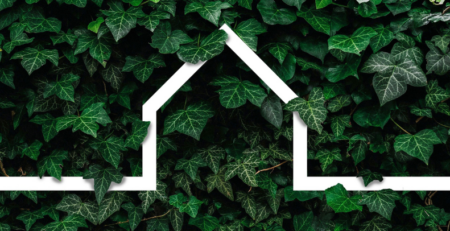What is Subsidence and How to Deal with it
What is subsidence? It is every homeowner’s nightmare, and is one of the most serious problems that a property can face, affecting its value and even structural safety. However, if you have noticed what seems like early signs of subsidence, do not panic.
Jamie Johnson, CEO of FJP Investment says “just like with a medical diagnosis, spotting the early signs of building subsidence can often give you time to do something about it before the situation gets any worse. And even if the situation has already gotten quite bad before you noticed it, there are still things that you can do to treat it, and then follow up with preventive measures for the future. ”
Subsidence in a nutshell
Subsidence is where the foundation of your house starts to sink lower or collapse due to the ground underneath it is sinking. This will put structural strain on the house as one side sinks, thereby causing cracks to appear in the walls.
Subsidence can be compared to other issues that involve a moving foundation, such as where the ground moves up, pushing the foundation upwards with it. A landslip, on the other hand, is where the foundation is pushed to the side as it slips down a slope, taking the foundation along with it.
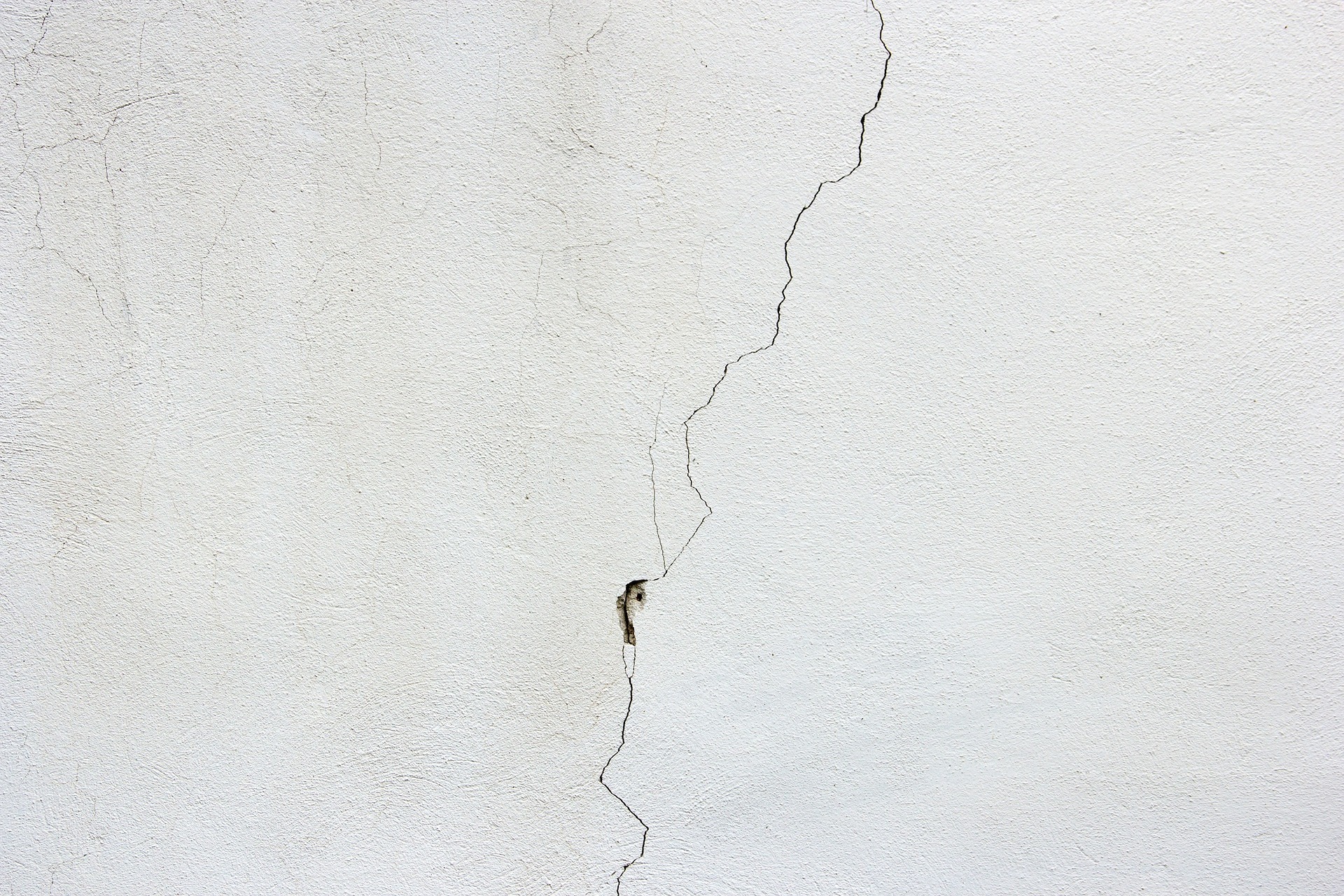
Causes of subsidence
There are a number of risk factors that can cause subsidence, including numerous natural geological, human-caused, and seasonal variations that can contribute to the risk of subsidence.
Clay soil can be affected by hot and dry weather and can crack, shrink, or move. This can result in ground instability and cause foundations to sink. Areas suffering from regular drought are especially at risk as they are more likely to cause the soil to dry out.
In this light, it’s worth pointing out that a warming world will likely have an impact on the occurrence of subsidence, making it more common than in the past, resulting from drying soils. Furthermore, in countries where houses are built upon permafrost (permanently frozen) land, warming temperatures will increasingly make foundations more unstable.
Trees and other vegetation that are close to your house’s foundation can also have an effect. Check to see what species you have near your foundation, since some species are more at risk than others of causing ground moisture loss.
Older houses will likely be built on shallower foundations compared to modern houses, thus increasing the likelihood of sinking. However, because some are built with soft lime mortar, they may be more flexible and thus more forgiving of small movements.
Mining operations in the area also represent a significant risk factor. Likewise, houses being built on former quarries can later cause instabilities from decomposing fill materials.
Soil erosion from leaking drains and guttering overspill can cause foundational instability by washing away the soil.
Early signs of subsidence
Don’t always jump to the worse conclusion when any little sign appears; careful examination is necessary to discern what’s going on and to what extent. If cracks appear, for example, the cause could be down to several things. It is not just subsidence, since natural shrinkage or swelling can also cause it. Indeed, new build homes can show signs of cracking as the plaster dries and the new structure starts to settle.
For a crack to be down to subsidence, you will likely find that it will be thicker than a coin – more than 3mm thick. Cracks will also be likely to be visible both inside and out, found near to windows, diagonal in shape, and be wider at the top than the bottom. Subsidence cracks will also extend below the damp-proof course, the layer of material near the ground which helps prevent rising damp.
There are other signs that you can look out for which may indicate subsidence, such as wallpaper crinkling near the ceiling joins, doors and windows sticking as the frame misshapes, and cracks in the areas of any extensions that meet the house.
Preventative measures
For those that are concerned that their property may be at risk from subsidence, it’s important to take action to mitigate the risks as much as you can. Such preventive measures include:
Avoid planting trees and shrubs too close to your property. You can obtain advice about this from the Association of British insurers.
However, if you already have trees and other foliage in place, it is best to leave them there, despite any temptation to remove them. Digging them up can result in water logging or ground instability. You’ve probably seen in news stories how some landslides are caused due to deforestation, resulting in ground instability. Well, the same basic thing could happen if you dig up trees close to your house. The best thing to do is take advice from an expert like a tree surgeon who will come and undertake a thorough inspection for you.
Lastly, make sure that all external guttering is kept clear from leaves and other detritus. Water overflow from these pipes can erode ground soil, weakening the foundation. The same goes for good upkeep on all pipes and pluming in general.
ARE YOU READY TO START INVESTING?
Subscribe to our mailing list now for exclusive deals, investment guides and the latest information from the property market.

